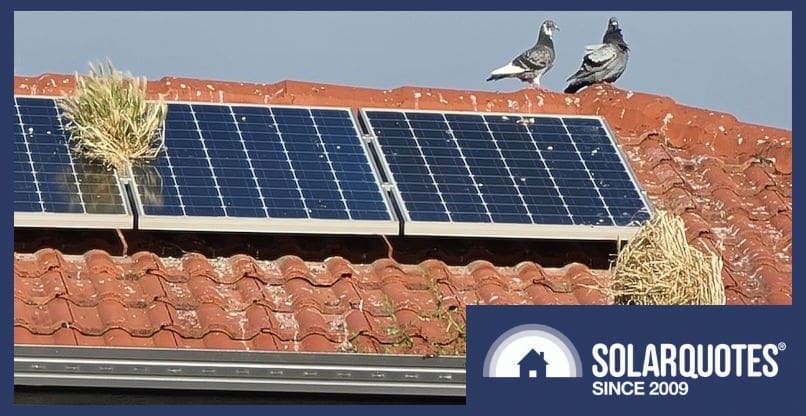 With all the interest created by Australia’s shiny new Cheaper Home Batteries Program, we’ve seen enquiries soar for everything electric. One of the most common questions is: do I need to replace my existing solar system to get a battery? Here’s how to tell if it is possible to stick with your legacy solar, and how to add a battery to it if so.
With all the interest created by Australia’s shiny new Cheaper Home Batteries Program, we’ve seen enquiries soar for everything electric. One of the most common questions is: do I need to replace my existing solar system to get a battery? Here’s how to tell if it is possible to stick with your legacy solar, and how to add a battery to it if so.
As early adopters, Australians are finding themselves at a new cutting edge with the federal battery rebate prompting a rethink, rejig or total replacement of their existing solar power.
There are 4.136 million solar power systems in Australia and to be honest, about 12 million different options for adding a battery. Getting the right answer for your place will involve a trained expert visiting before install day.
A call centre sales numpty, using an aerial photo, simply cannot assess a battery location, existing solar wiring or your switchboard.
Saving Good Investments
Roughly speaking, I’ve noticed $12,000, 12-year-old solar systems turning up second-hand for twelve hundred bucks. Realistically they’ll sell for half that.
While panels that originally cost $1000 each really shouldn’t go to waste, as prices fell, lots have proven to be poorer quality.
If yours was a cheap basic system then it’s not likely worth saving, especially if the array is taking up prime real estate.
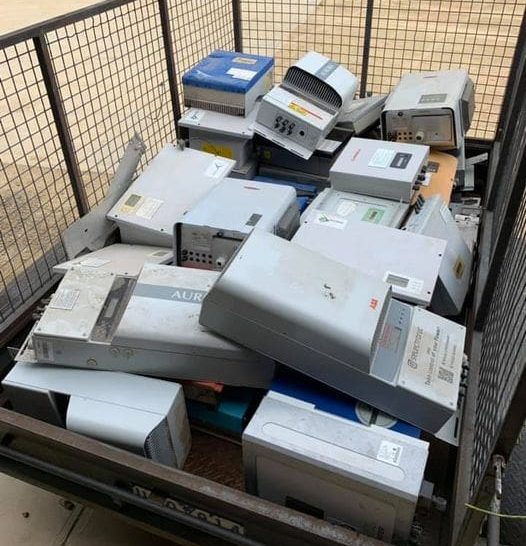
If you recognise these units then yours is likely junk too.
However, if it’s working, the greatest value in your old solar power system is simply that it’s already there. In most instances, the paid labour required to remove and/or reinstall costs more than the used gear is worth.
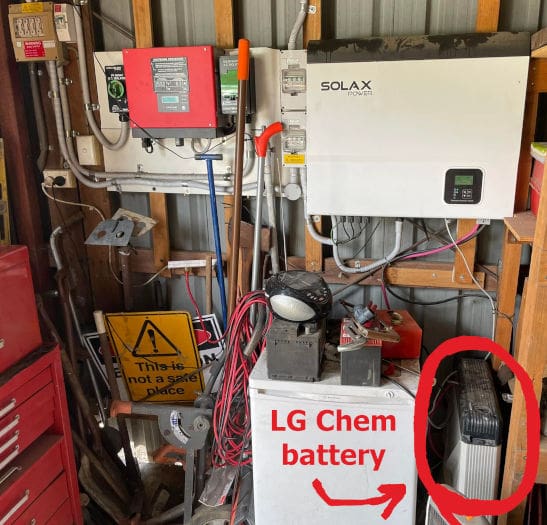
This arrangement was never any good to begin with, particularly given LG Chem’s issues.
I’ve always maintained that the best quality equipment and installation is the best value, because it’ll prove reliable in the long term. When Australian labour rates for installation are such a large part of your outlay, bolting cheap gear to your roof, or cheap batteries to your wall, is a fool’s errand.
What About New Systems
If your solar is only a few years old, there’s a good chance you can just add a battery, but like any solar system, it’ll need an inverter, which is where things can begin to get tricky.
Whether it’s inside or adjacent, the inverter’s main function is to turn DC electricity from solar or battery into AC, which is useful to your house and the broader grid.
However with rooftop solar now Australia’s largest generator by installed capacity, AEMO are imposing rules, so inverters must respond to external network controls.
The federal battery rebate calls for inverters and batteries that are on Clean Energy Council approved lists, but don’t worry, if yours doesn’t appear it may just have fallen off. So long as it’s not been delisted, a legacy inverter will suffice.
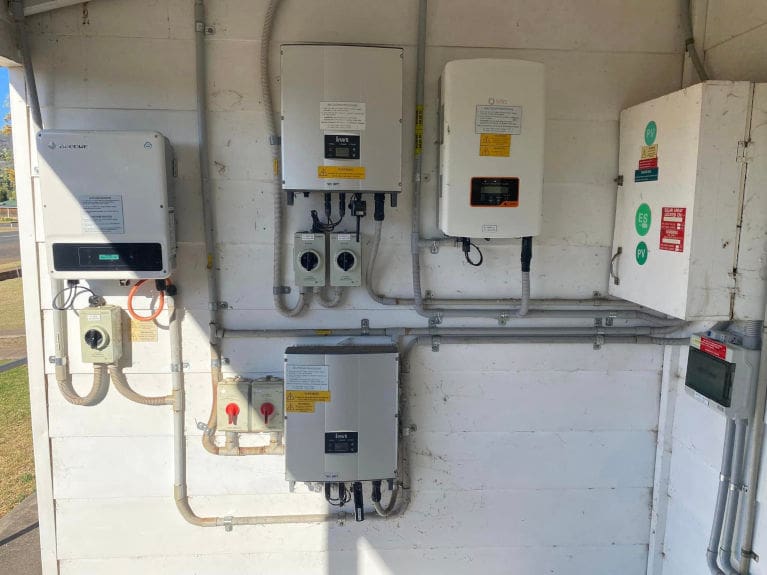
There comes a time when a salad of cheap gear like this may need to be unified.
With Great Power Comes Great Responsibility
Whether it’s using emergency backstop or flexible exports, we occasionally have to put a lid on our roaring renewable success.
So new systems must have a consistent internet connection or be choked off with a default low fixed export limit, which frankly doesn’t help anyone.
Depending on network rules you may be obliged to bring all your equipment up the latest standards. While Victoria allows existing systems to be grandfathered, SA wants tighter control, sadly creating more e-waste because of it.
If you have a faithful old SMA workhorse for instance, it’ll likely get a bullet, but at least Fronius have the ethics to make their last ten years of production retrocompatible with a simple firmware update.
The other possibility is a smart device like CatchControl with a quick and dirty shutdown to make any old equipment behave.
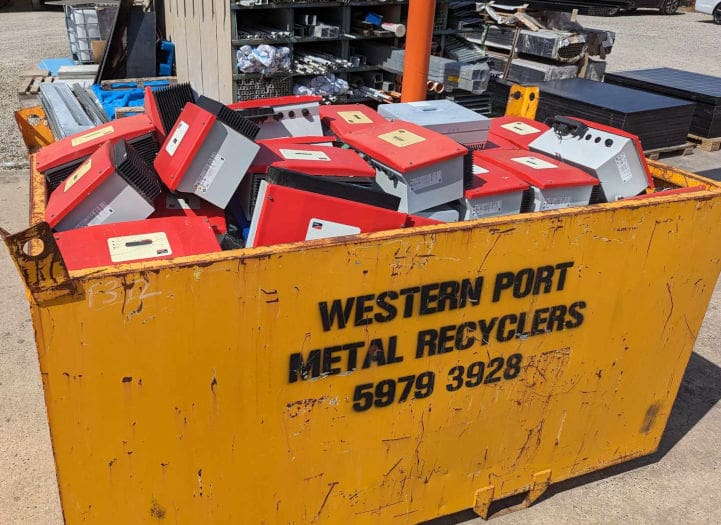
Without external controls, sadly these incredibly reliable SMA Sunny Boys are all rendered obsolete.
Inverter Capacity Counts
With 17 different electricity networks to comply with, there’s no consistent answer, but generally speaking you’re allowed 10kW of inverter generation capacity connected to each phase of your supply.
For some, this is a ceiling. Others allow a further 10kW of battery inverter (20kW total) but then they still have an overarching 30kVa site limit.
A hybrid inverter may count toward both allowable totals for generator and battery inverter, or you may get even more capacity with a network investigation and special agreement.
What Are The Options?
Dumb fixed export limits have been the standard for years so cheap installs simply used a 5kW inverter instead of a smarter, larger system with a customer consumption meter to impose a limit.
So let’s assume you have a single-phase supply, 5kW inverter with 6.6kW of solar. Here’s a few scenarios:
Add a 5kW hybrid inverter with battery and DC-couple more solar
- This fills your 10kW maximum permissible
- Utilises your existing inverter (and monitoring if you keep the same brand)
- More solar yield
- More solar oversizing on the existing inverter too1
- Black start ability if there’s a prolonged outage
- May run your legacy solar as a minigrid, so it’ll help during a daytime outage
- Backup capacity will be limited to 5kW – lower surge rating, so backup for essential circuits only.
Add an AC-coupled battery
- Feasibly more than 5kW peak capacity
- Simply stands between your existing system and the grid.
- Allow you to add more panels to the legacy solar inverter.2
- No black start – you’ll need the grid to recover if the battery goes flat.
Add a hybrid inverter, with battery, configured as an AC-coupled system
- Feasibly more than 5kW peak capacity
- Utilises your existing inverter (and monitoring if you keep the same brand)
- Offers more surge rating for “whole home” backup
- Permissible under the 10kW ceiling
- No black start
Replace your 5kW inverter with a 10kW unit
- Can use the existing solar array as an input
- Add a further 8 to 13kW of solar on the roof
- Black start capable
- Excellent surge rating for “whole home” backup.
For 3 Phase Customers
The range of new hybrid inverters available in 10, 12, 15 and more kilowatts, mean you don’t have to rewire the whole place to have things connected to a single-phase backup circuit.
If you have single-phase solar, a 3-phase battery hybrid isn’t out of the question, however keeping things balanced across phases may present a problem.
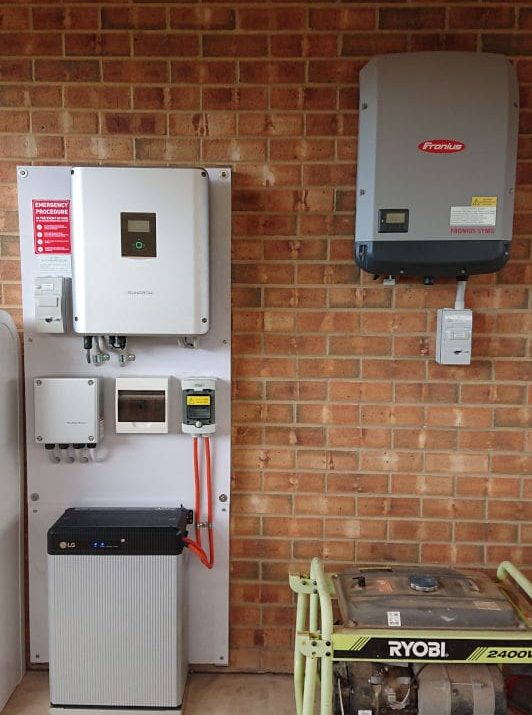
If you have a Sungrow system it may be eligible for Sungrow’s trade-up program.
Get Professional Help
I have shorter hair now, arguably because I’ve been tearing it out over increasingly complex energy systems.
The best way forward is to get a package that plays well together. Usually this means solar, monitoring, battery, EV charging and hot water control from the same manufacturer ecosystem.
However there are systems which can be built from components and integrated together. The main thing you’ll need is a savvy installer to connect all the network approval dots, cross the technical tees, terminate the wires and do the testing.
Click here, add some notes about your existing system and we’ll find you someone who’s just the ticket.
For more on the federal battery rebate, read about the finalised rules.
Already got a battery and want to know how to expand it under the rebate? Subscribe to our weekly newsletter to be notified about our upcoming story that answers this question.

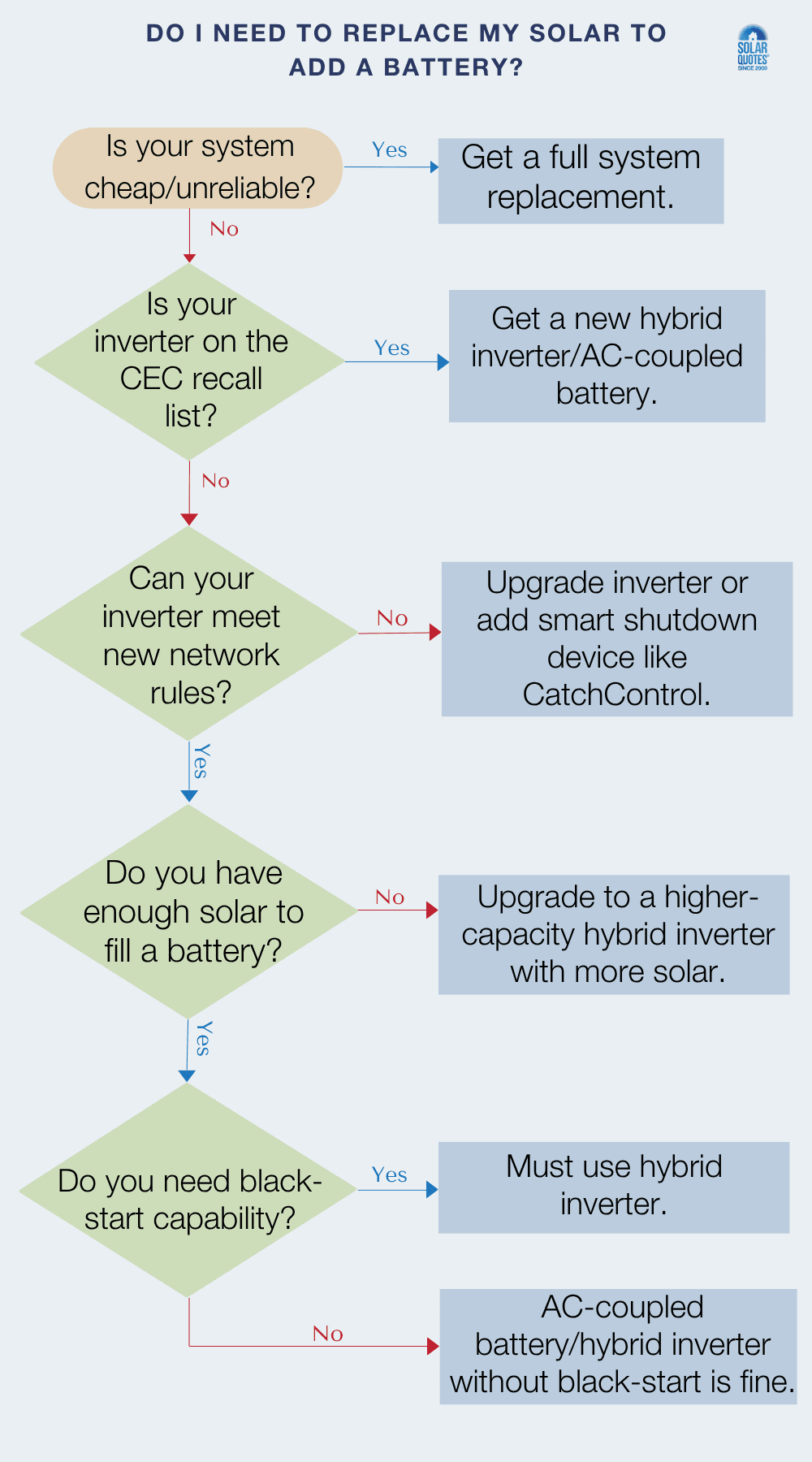
 RSS - Posts
RSS - Posts


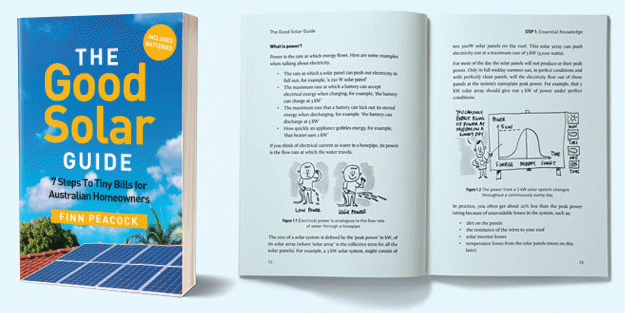
Wholly cow it sounds really complicated. I have a 5kw Fronius inverter and a 6.6 kw roof system that feeds it.
What do I need to do to put a decent battery in place
Cheers
Tom
Hi Tom,
To make it simple I’d get another Fronius to go with yours, keep the monitoring, maintain your warranty, add a wattpilot when you get an EV?
(Most other hybrids will be able to AC couple your existing system if you want to mix brands though)
May depend where you are and how much they’ll let you have connected to the network.
Hi Anthony,
I too have a Fronius inverter (same sizes as mentioned by Tom) however it’s 6 years old so not a hybrid inverter. Is there still a way to DC couple to these or is it AC couple only?
I’m guessing it’s not cost feasible to swap out the inverter for a hybrid just to get a DC coupled battery.
Hi Dave,
We’re working on a guide for this presently so stay tuned.
You could use Fronius, Sungrow, GoodWe or Sigenergy, they all have 3 phase machines and will AC couple your existing inverter.
I’m seeking answers about whether Fronius will enable the Snap inverters to function during an outage but presently that’s unclear.
Either way more solar is a great idea.
First question is your house on 1 phase or 3 phase power?
For those of us with Enphase systems, what options do we have outside of the relatively pricey Enphase batteries? I assume some kind of AC coupled battery should work?
Yes, same question. I have an Enphase system with micro-inverters. It does sound incredibly complicated to work out what options are possible.
Hi Alan,
Most hybrid inverters can AC couple just about any existing solar AFAIK, but you’d want to add more DC coupled solar on the roof, even if it’s on the south side, something that will give it blackstart & more yield.
AC coupling requires no change to a legacy system… aside from perhaps if you have to meet new flexible/backstop rules imposed by the network.
CatchControl, (or maybe Zeco Marshall or SwitchDin Droplet?) will give you the ability to control a legacy system under a new connection agreement.
Installers might think it’s “too hard” to integrate though, so they’ll quote a whole new system to make their life simple.
Most other hybrids will be able to AC couple your existing system if you want to mix brands.
Enphase needs to at least double the kWh capacity of their battery, preferably in the same physical size and price… but that’s unlikely.
May depend where you are and how much they’ll let you have connected to the network.
Anthony, In one of your recent posts you were a bit harsh on the Alpha battery system like the Smile series.
I’ve got a 5kw system 21 panels thats 7 years old and want desperately to get about 25-30Kw of storage and possibly all new panels or optionally maybe add-on to my existing old array. Alpha was one choice and seems to be popular.
Since you last looked at them, has Alpha come up to meet your expectations of a good choice or are there still warning signs on it or warranty, etc? I am also looking at Anker or Esy as possible options due to physical placement issues.
Welcome your comments
Thanks.
PS; techy question is it feasible to parallel two hybrid battery systems with thier inverters to be tied to say 10Kw of panels or is that a no no?
Hi Victor,
ANker, ESY & Alpha have one common factor in their popular appeal, they’re cheap.
While you can install cheap gear well, cheap gear usually attracts the kind of blowflies that use cheap subcontractors, and they generally do poor quality work.
Seeing as the blowflies don’t charge enough to run a sustainable business they will generally try to ignore warranty or support calls until there’s so many piling up they “go broke” and you have to find someone else to take on an orphaned system.
I’m sure Alpha have gotten better, as they couldn’t get worse and remain in business, but I still wouldn’t put one on my house.
Nor would I get a Neovolt, they’re the same device with a coat of blue paint.
Agree about the blowflies. They are annoying.
I don’t have a lot of cash as I’m retired so I’ll have to go for anker or Esy
Hi Victor,
I’d ask about a GoodWe solution, or perhaps PowerPlus Whisper?
Either way the best bet is a long established installer with good reviews.
And efficiency is always a winner too of course.
Some links for you to click here about that.
Great post. Exactly what I’m going through. I never knew it would be so difficult to find someone that would upgrade an exisiting system. I just wanted to replace my existing 5kw fronius with a new 10kw hybrid, and nice 16kw battery and add some new panels in to the second mppt port. Done. Old and new panels used, nice 10kw inverter to meet my house demands and juicy battery rebate sorted. Sounded so easy until no one would touch the existing setup as they didn’t want to take on the old panel warranty. Crazy world. So now have to go with conpletely seperate solution and ac coupled the old inverter but am limited to the 5kw new hybrid to run the house which wont meet the nighttime peaks and will have me pulling power during the expensive time. Hopefully not much but still annoying. 😢. Also the fronius will go bye bye at some point to since it’s already 9 years old.
Anyway thanks for the article. Super useful.
I very much doubt that your 9 year old Fronius will go bye-bye anytime soon, they are Austrian, not Chinese.
The easiest solution (though limited by which brands are covered by this latest Gov rebate) is to simply go for an AC coupled battery and keep all of your existing gear.
Hi, I was in that position for months trying to balance costs vs functionality and yes that old warranty. I almost went for a totaly new system but massive home repairs came up so went for a 30KW ESY and 6.6 KW of new panels to supplement the 5 KW I have on the roof. The hybrid AC coupled inverter built into the ESY plus the existing 5KW will charge the battery as well as my new panels. And I can monitor the lot. The ESY can output 6kw which just works for me.
Not the best solution but for 10.5K$ and from a reputable installer, I’m ok.